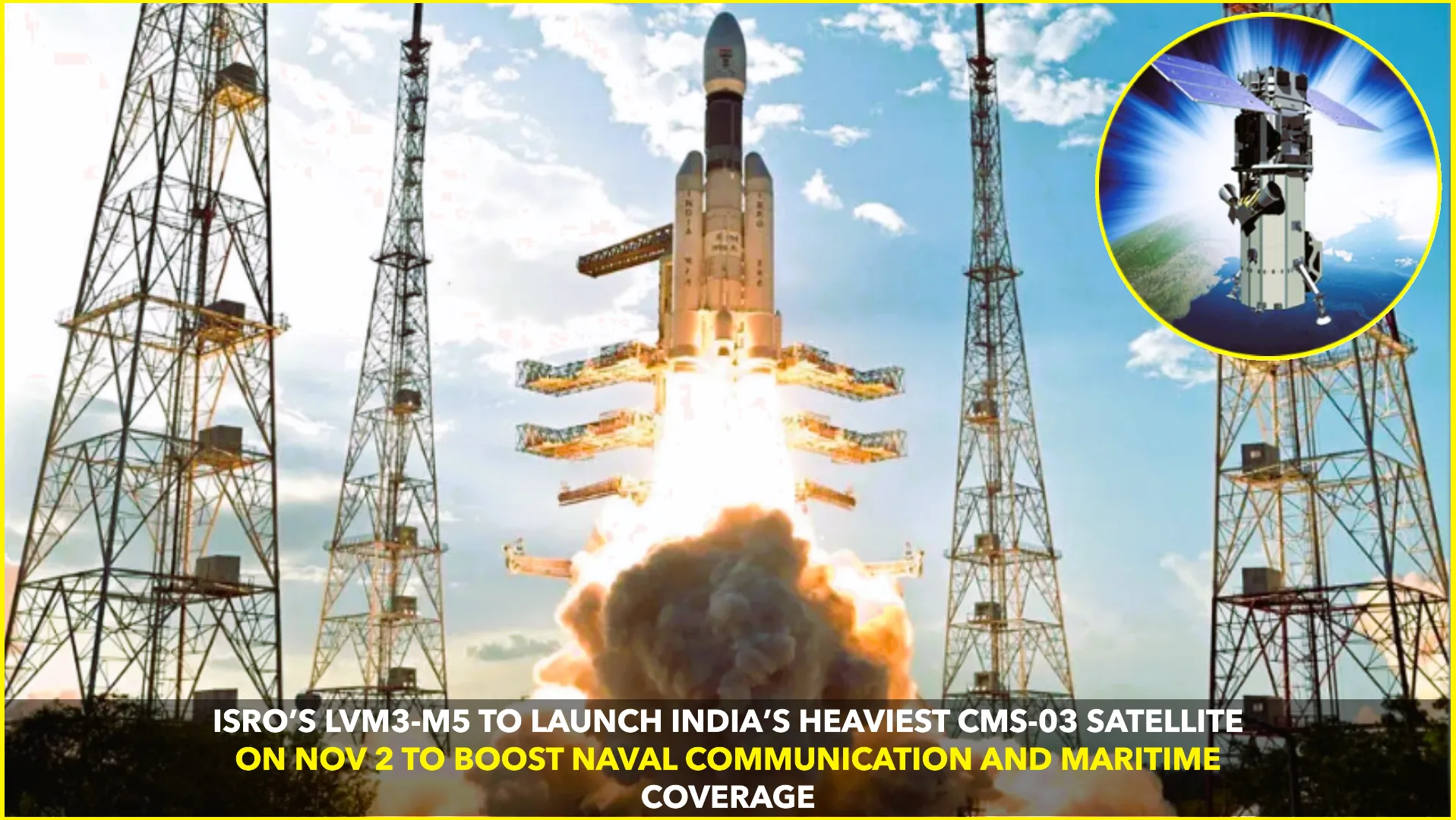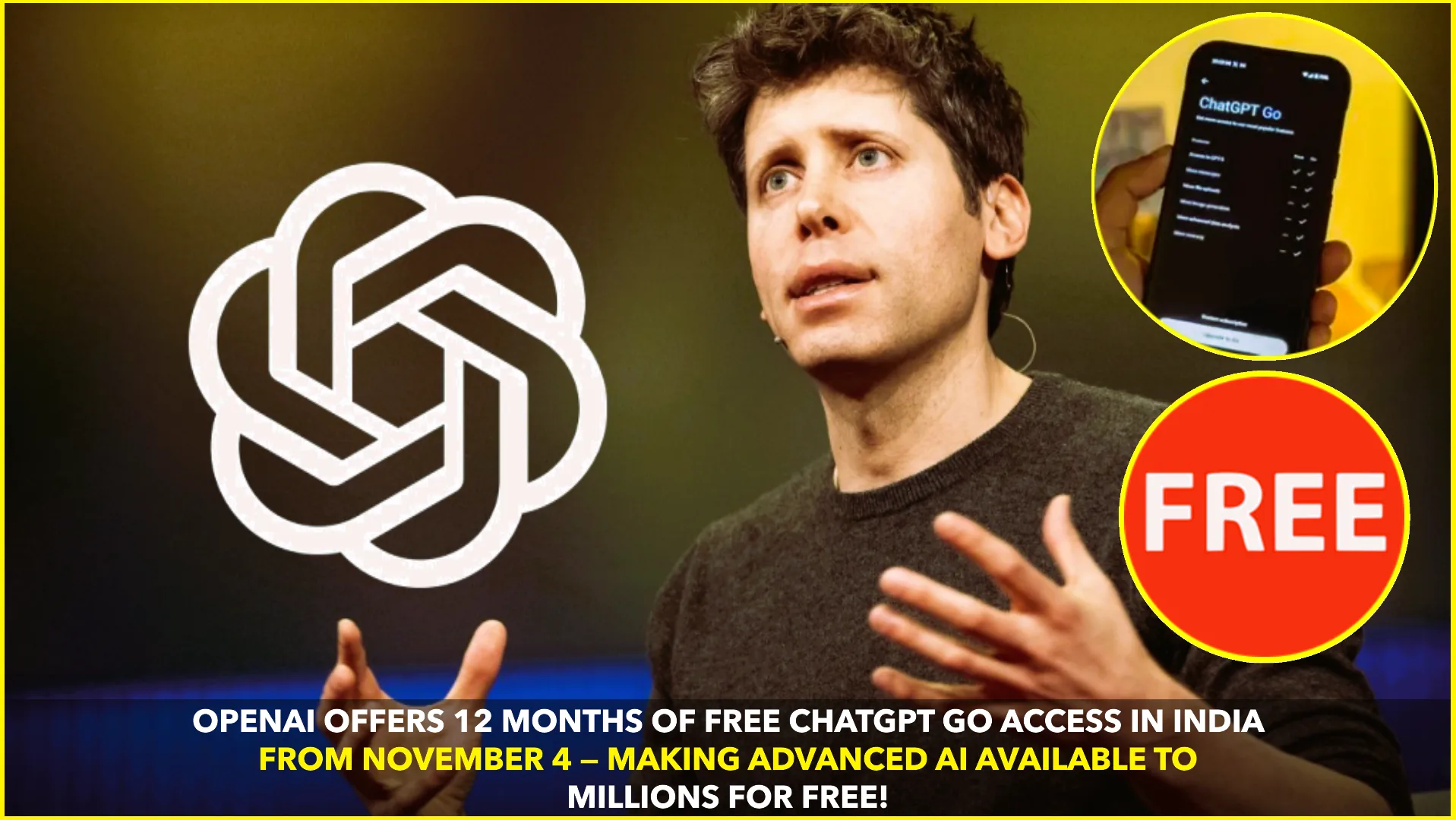Creating content that goes viral on Instagram and YouTube involves a combination of factors, and there’s no guaranteed algorithm for virality. However, there are some common strategies and best practices that can increase the likelihood of your content being widely shared. Keep in mind that both Instagram and YouTube have their own unique features and user behaviors, so your approach may vary slightly for each platform.
Instagram:
- Engaging Content:
- Create visually appealing and engaging content that resonates with your target audience.
- Use high-quality images and videos that capture attention quickly.
- Hashtags:
- Research and use relevant and popular hashtags to increase discoverability.
- Create a branded hashtag to encourage user-generated content.
- Timing:
- Post your content at times when your target audience is most active.
- Use Instagram Insights to understand when your followers are online.
- Collaborations:
- Partner with other influencers or accounts in your niche for shoutouts or collaborations.
- Cross-promote content to tap into each other’s audiences.
- Stories and Reels:
- Leverage Instagram Stories and Reels for short, attention-grabbing content.
- Use interactive features like polls, quizzes, and questions to boost engagement.
- Captivating Captions:
- Craft compelling captions that encourage comments and engagement.
- Ask questions or prompt users to share their thoughts.
- Consistency:
- Establish a consistent posting schedule to keep your audience engaged.
- Use Instagram’s algorithm to your advantage by maintaining a regular presence.
YouTube:
- Compelling Thumbnails and Titles:
- Create eye-catching thumbnails and compelling titles to entice clicks.
- Thumbnails and titles should accurately represent the content.
- SEO Optimization:
- Use relevant keywords in your video title, description, and tags.
- Optimize your video description with additional information and links.
- Engaging Content:
- Keep your content interesting, informative, and entertaining.
- Encourage viewers to like, comment, share, and subscribe.
- Collaborations:
- Collaborate with other YouTubers for cross-promotion.
- Guest appearances can introduce your content to new audiences.
- Consistent Branding:
- Maintain a consistent brand across your videos, including logo, intro, and overall style.
- Brand recognition can lead to increased trust and sharing.
- Playlists and End Screens:
- Create playlists to keep viewers on your channel.
- Utilize end screens to promote other videos and encourage subscriptions.
- Community Engagement:
- Respond to comments and engage with your audience.
- Build a community around your content to foster loyalty and sharing.
Remember, while these strategies can increase your chances of going viral, there is no guaranteed formula. Monitor analytics, adapt your approach based on performance, and stay attuned to current trends in your niche.
How to analyze the right time to upload the videos on Instagram and YouTube for viral:

The optimal time to upload videos on YouTube and Instagram for maximum visibility and engagement can vary depending on your target audience and location. Here are some general guidelines, but it’s crucial to experiment and analyze your own analytics to determine the most effective timing for your specific audience:
YouTube:
- Peak Viewing Hours:
- Aim to upload videos during peak viewing hours when your target audience is most active. This often falls during evenings and weekends.
- Use YouTube Analytics to identify when your audience is online.
- Consistent Schedule:
- Establish a consistent uploading schedule. Whether it’s daily, weekly, or bi-weekly, consistency can help build an audience and improve visibility.
- Time Zones:
- Consider the time zones of your primary audience. If you have a global audience, try to find a balance or prioritize the time zone with the largest viewership.
Instagram:
- Weekdays vs. Weekends:
- Generally, weekdays (Tuesday to Thursday) are considered optimal for Instagram posts, as people are often more active during work breaks.
- Weekends can also be effective, especially for a more casual, lifestyle-oriented audience.
- Morning and Evening Peaks:
- Post during morning and evening peaks, typically before work or after work hours. This is when users are more likely to check their feeds.
- Instagram Insights can provide specific data about your followers’ activity patterns.
- Story Timing:
- For Instagram Stories, posting throughout the day can be effective since they are visible for 24 hours.
- Experiment with different times to see when your audience is most responsive.
- Live Sessions:
- If you’re going live on Instagram, consider doing so when your audience is most likely to be online. Announce the live session in advance to build anticipation.
- Global Audience Considerations:
- Like YouTube, consider the time zones of your audience, especially if you have a diverse or global following.
Experiment and Analyze:
Remember, these are general recommendations, and the best times to post can vary based on your specific audience demographics. Use the analytics tools provided by both platforms to track the performance of your posts. Pay attention to when your audience is most active and engaged, and adjust your posting schedule accordingly.
Ultimately, consistent experimentation and monitoring are key to finding the optimal posting times for your content on YouTube and Instagram.










